Exploring the remnants of World War II is an immersive journey into the past, a poignant reminder of the triumphs and tragedies that shaped our world. Among the countries that witnessed this significant period of history, Germany stands out as a captivating destination for those seeking to delve deep into the events and locations that defined World War II. From iconic sites that once echoed with the footsteps of soldiers and leaders to lesser-known memorials tucked away in tranquil landscapes, Germany offers a wealth of historical treasures for visitors to discover. With FreeTour, you can choose any walking tour of your preference.
Embarking on a tour of historical World War II sites in Germany is an opportunity to not only witness the physical remnants of this devastating conflict and gain a profound understanding of the political, social, and human dimensions that underpinned it. The scars of the war are etched into the very fabric of the country, and by exploring these sites, visitors can pay homage to the millions who lost their lives and learn valuable lessons from the past.
From the haunting remains of concentration camps like Auschwitz and Dachau to the monumental ruins of the Reichstag in Berlin, Germany’s World War II sites offer a comprehensive narrative that spans the entire spectrum of the war’s impact. Each location holds a unique story, revealing the complexities of the era and the enduring legacies that continue to shape our present.
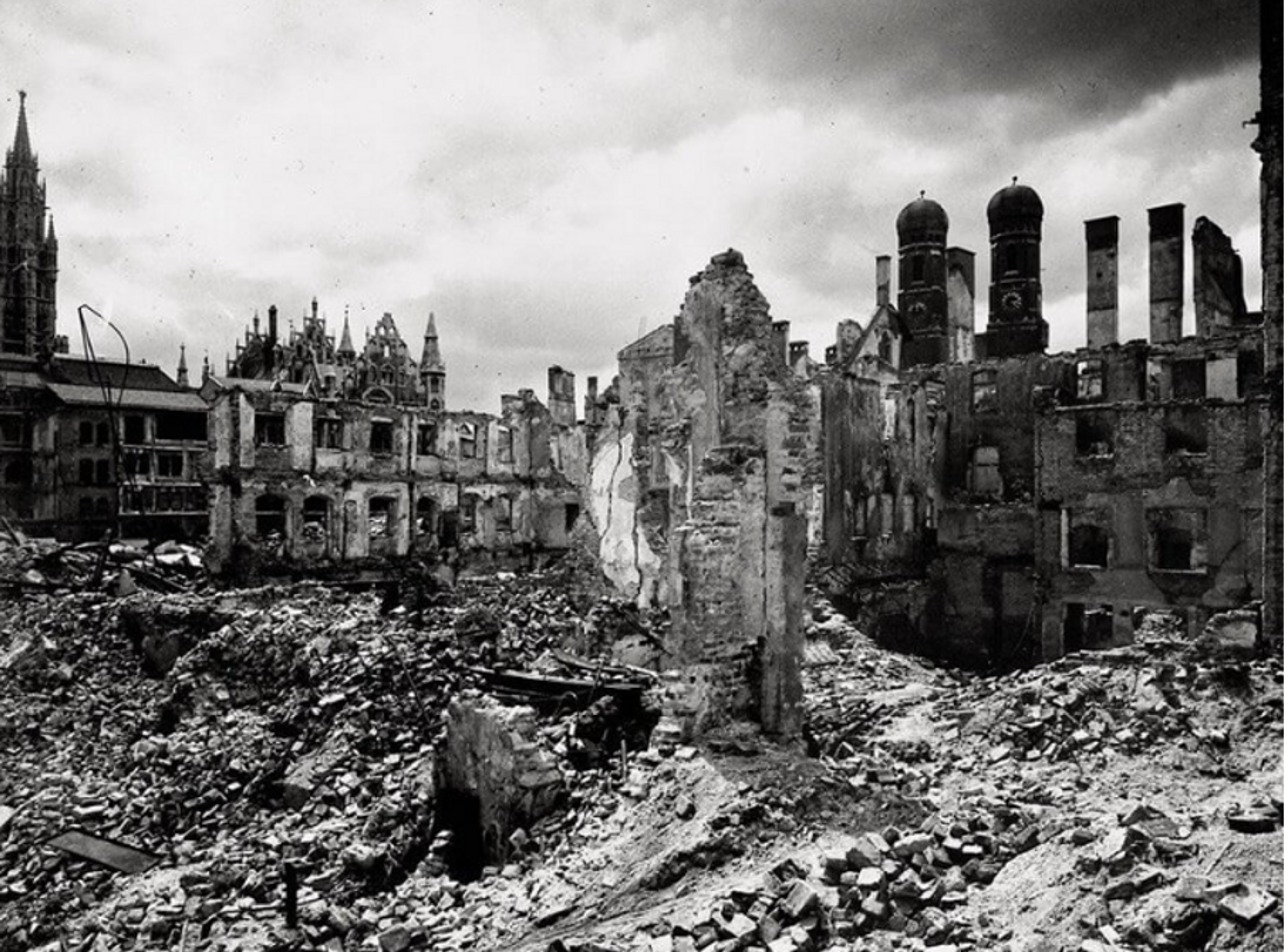
Join us as we journey through time, exploring the poignant sites that are solemn reminders of the sacrifices and resilience shown during one of the darkest chapters in human history.
Does Germany Worth Visiting to Learn about WWII?
Germany is worth visiting if you want to learn about World War II. As the country where the war originated and many significant events occurred, Germany offers a wealth of historical sites, museums, and memorials that provide valuable insights into this period.
For example, in Berlin, there are numerous important sites, including the Topography of Terror, which documents the history of the Nazi regime, and the Memorial to the Murdered Jews of Europe. The German Historical Museum and the German Resistance Memorial Center are also worth visiting.
Known for the Nuremberg Trials, where leading Nazi officials were prosecuted, Nuremberg offers the Documentation Center Nazi Party Rally Grounds, which provides an in-depth understanding of the Nazi Party’s rise to power.
Munich played a significant role in the early years of the Nazi movement. You can visit historical sites such as the Dachau Concentration Camp Memorial Site, the White Rose Memorial, and the Munich Documentation Centre for the History of National Socialism.
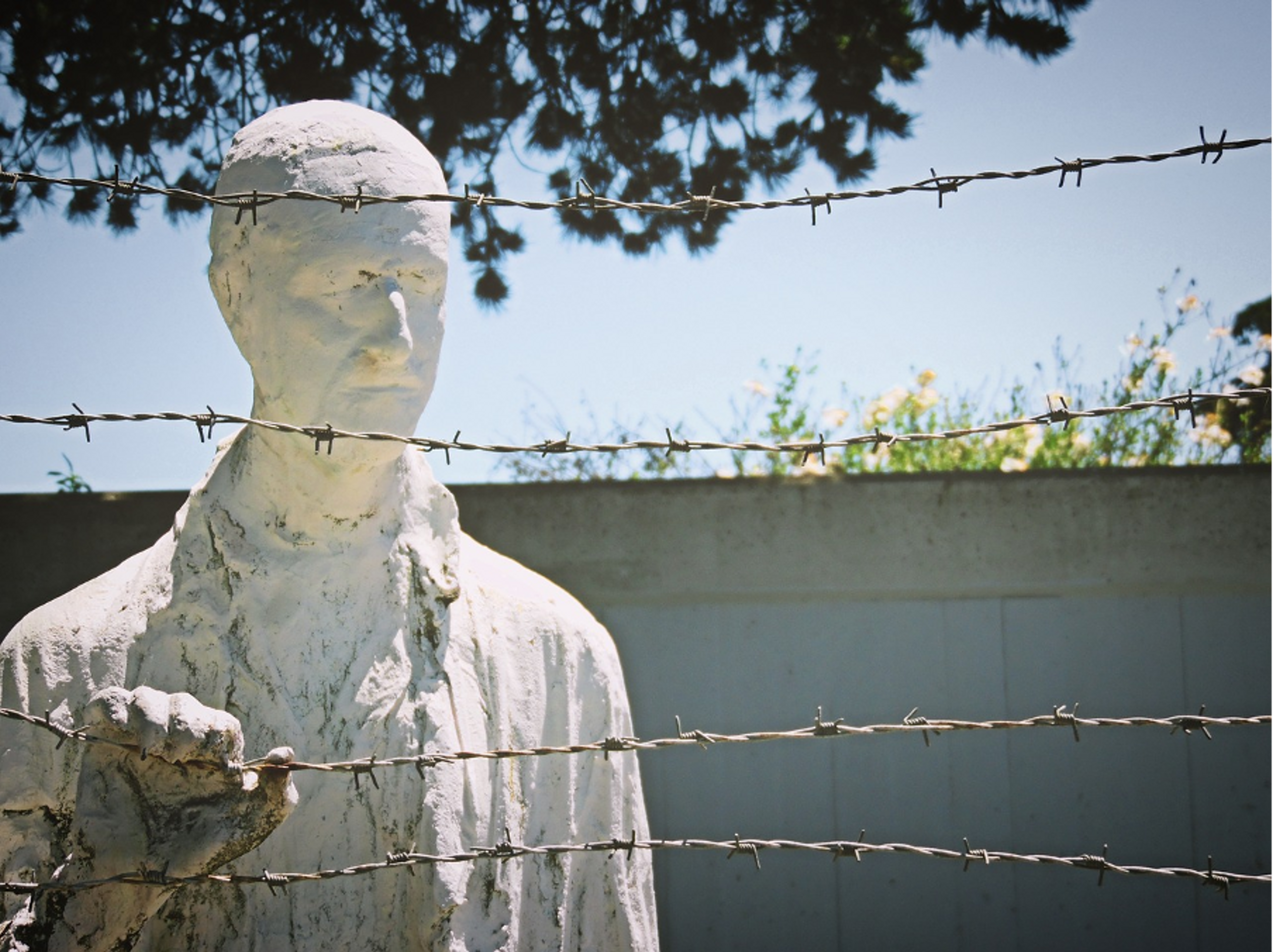
Germany has several excellent museums dedicated to World War II, such as the German-Russian Museum in Berlin-Karlshorst, the Military History Museum in Dresden, and the Allied Museum in Berlin.
Visiting these sites and museums can provide a comprehensive understanding of the war, the Nazi regime, the Holocaust, and their impact on Germany and the world. However, it’s important to approach these visits with respect and sensitivity, as World War II and the Holocaust are deeply tragic and sensitive subjects.
Most Important Historical WWII Sites In Germany You Should Visit
Below you can find the most important historical WWII sites in Germany. Each of these places provides a window into the past, allowing us to understand the impact of war on both a global and personal scale. From bustling cities to the remote countryside, we will traverse Germany’s places to uncover the hidden stories and profound experiences within its historical sites.
Nuremberg
Nuremberg, a city in Bavaria, Germany, holds great historical significance as a site deeply connected to World War II. Renowned for its medieval architecture, rich cultural heritage, and hosting the famous Nuremberg Trials, the city’s legacy as a wartime hub is etched in history.
During the war, Nuremberg served as an important center for the Nazi Party. Adolf Hitler, the infamous leader of the Nazi regime, considered Nuremberg to be the spiritual capital of the Nazi movement. The city played a prominent role in Nazi propaganda, hosting massive rallies such as the Nuremberg Rallies, where Hitler would address thousands of enthusiastic followers.
However, Nuremberg’s notoriety extends beyond its association with the Nazi regime. After Germany’s defeat in World War II, the city gained further historical importance as the location for the Nuremberg Trials. These trials, held from 1945 to 1946, were a series of military tribunals organized by the Allied forces to prosecute high-ranking Nazi officials for war crimes, crimes against humanity, and crimes against peace.
One of the most iconic buildings associated with the Nuremberg Trials is the Palace of Justice, or Justizpalast, where the trials took place. Today, the building remains a reminder of the landmark proceedings that unfolded within its walls. Visitors can explore the courtroom where the trials were conducted, gaining a tangible connection to this critical chapter in global history.
Dachau Concentration Camp Memorial Site
Dachau Concentration Camp in southern Germany is a haunting reminder of the atrocities committed during the Holocaust. Serving as the first Nazi concentration camp, Dachau is a solemn testament to the suffering millions of innocent lives endured. Today, the Dachau Concentration Camp Memorial Site is a powerful memorial and educational center, preserving the memory of those who suffered and perished under Nazi persecution.
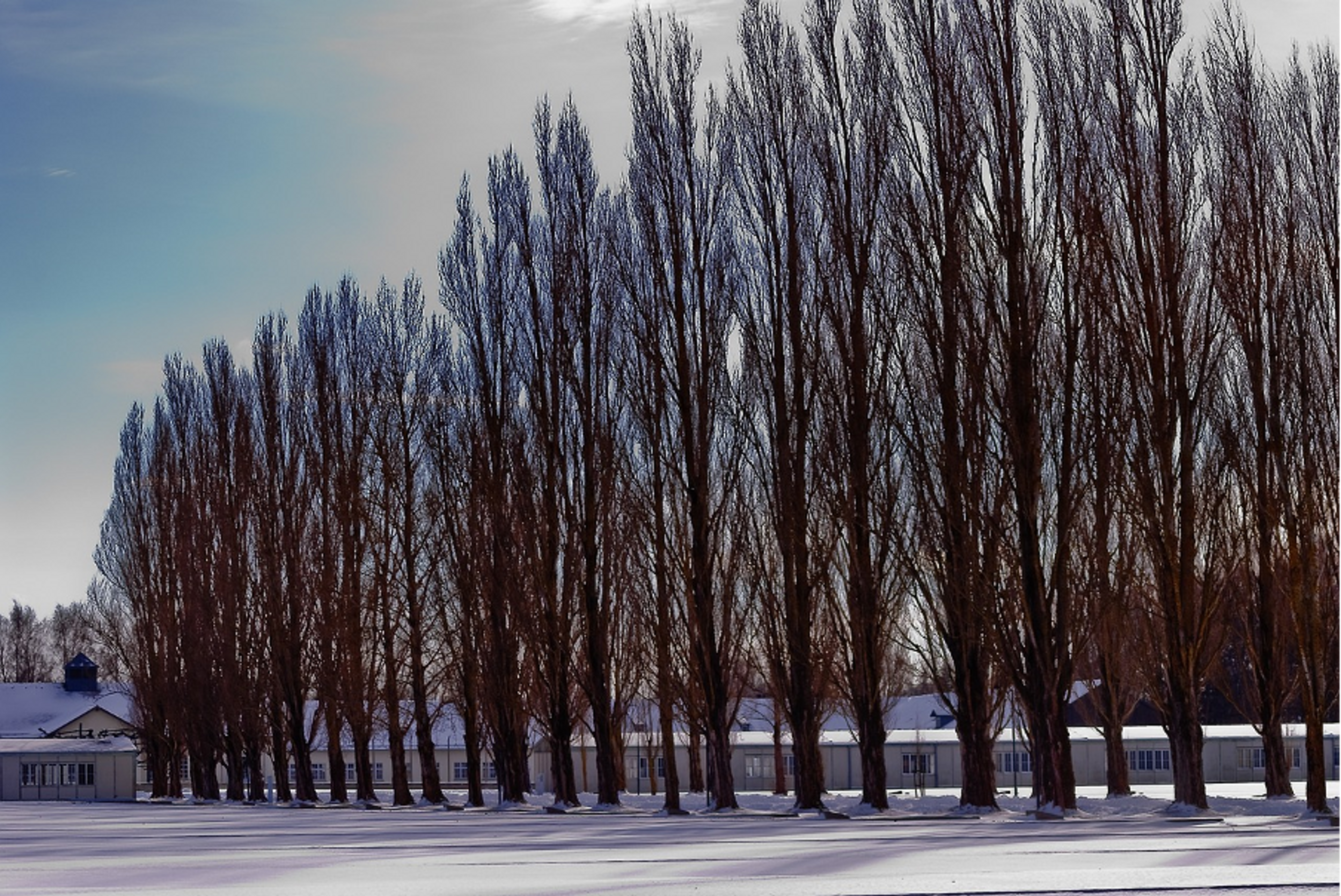
Established in 1933, Dachau was initially intended to hold political prisoners. However, it soon became a model for other concentration camps, setting a grim precedent for the following horrors. Over the years, thousands of individuals, including Jews, political dissidents, intellectuals, and various marginalized groups, were incarcerated, tortured, and killed within its barbed wire fences. American forces’ liberation of the camp in 1945 revealed the full extent of the Nazi regime’s brutality.
Sachsenhausen Concentration Camp
Sachsenhausen Concentration Camp, located just outside Berlin, was one of the most notorious Nazi concentration camps during World War II. Established in 1936, Sachsenhausen was initially intended to hold political prisoners, but it soon became a site of torture, forced labor, and mass murder. The camp was a model for other concentration camps and served as a training ground for SS personnel.
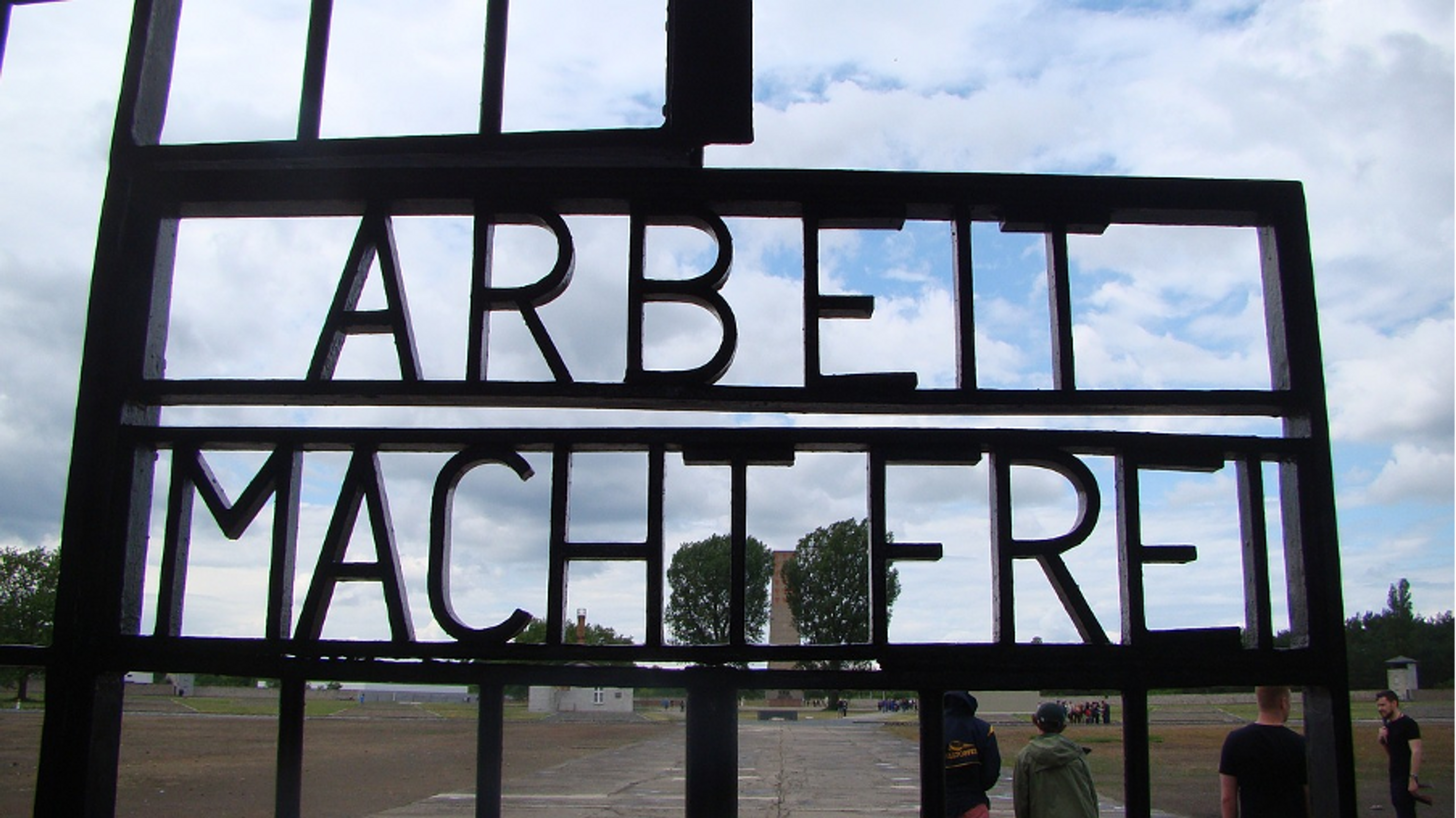
Under the command of the SS, Sachsenhausen operated until the end of the war in 1945, imprisoning over 200,000 people from various backgrounds, including political dissidents, Jews, homosexuals, Jehovah’s Witnesses, and others. The prisoners endured extreme living conditions, brutality, and systemic dehumanization.
The Bottom Line
Germany is home to several significant historical sites related to World War II. These sites serve as reminders of the war’s impact and are important for understanding the historical context of the conflict. These places offer visitors the opportunity to learn about the dark chapters of German history, pay tribute to the victims, and ensure that such atrocities are never forgotten. It is essential to approach these sites with respect and understanding of the sensitive nature of their historical significance.

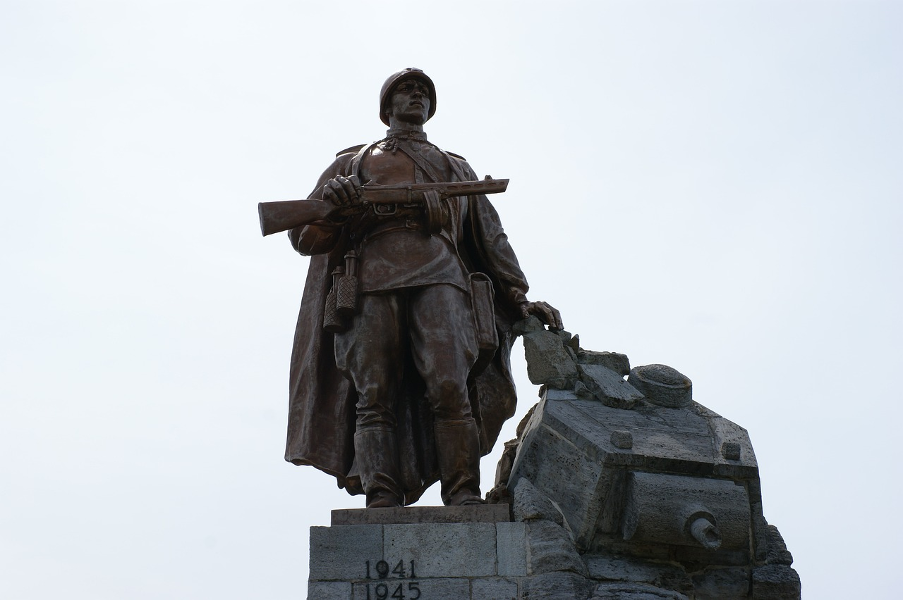
Comments are closed.